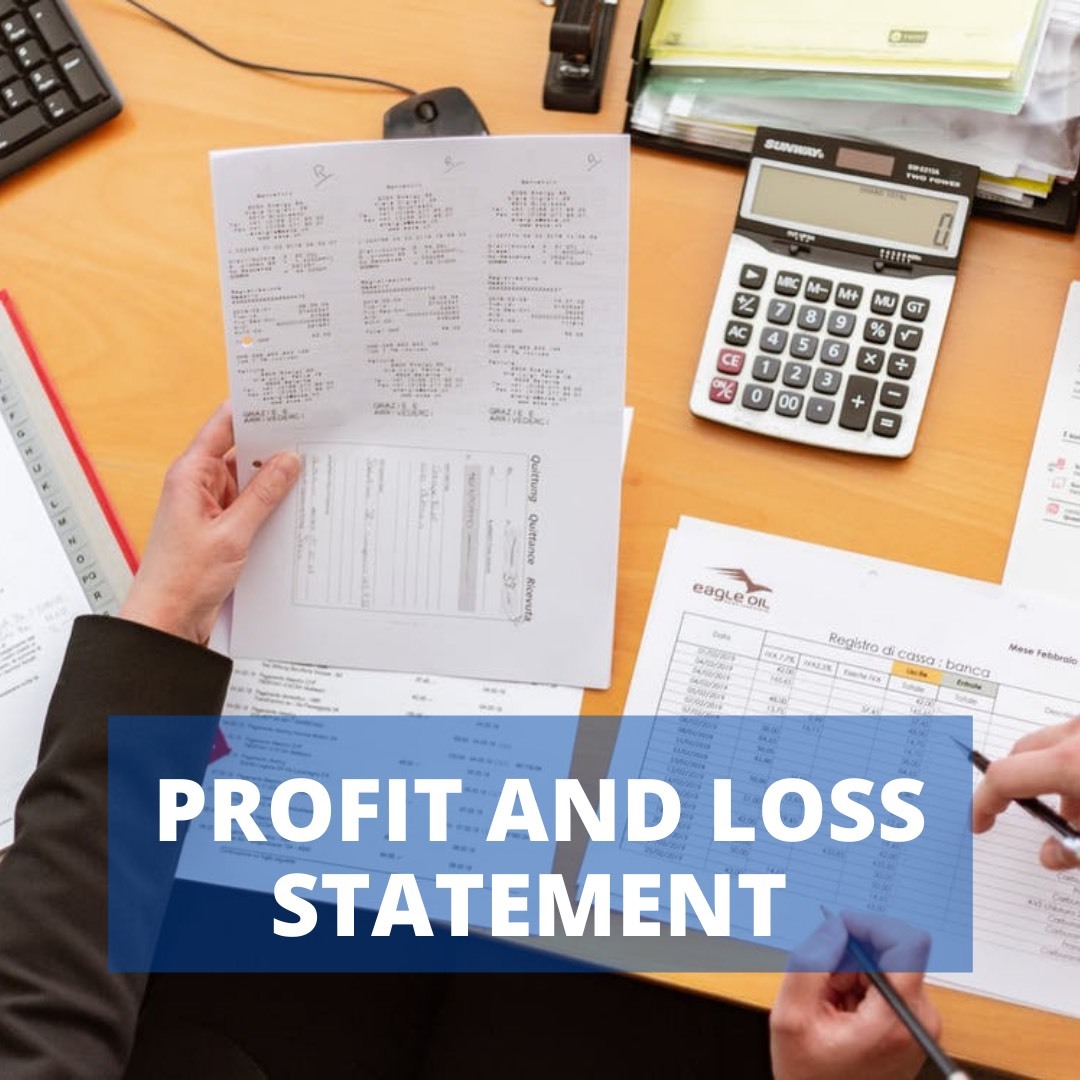A profit and loss statement has both advantages and disadvantages; today, we will concentrate on the advantages.
Advantages in a Profit and Loss Statement
Profitability is one of the primary goals of every company. If you do not generate a profit surplus (your profit) at the end of the period, you will not receive a return on your initial investment, you will not have funds to expand, and your company will ultimately stagnate and fail.
The profit and loss statement – also known as the ‘income statement' or ‘statement of earnings' – assists you in maintaining complete control over your profitability.
Your profit and loss statement will:
- Provide you with a rundown of all sales, related costs, and expenditures over a specified historical period of time – so you know what you've received and what you've spent;
- Display the profit and loss figures for a specified time span, enabling you to easily assess financial results – an extremely useful skill;
- Add up your benefit and loss for the time to see if you made more than you spent (a net profit) or spent more than you earned (a loss) (a net loss).
By measuring your P&L over time, you can easily see whether your performance is improving or deteriorating, make informed budgeting decisions, and be optimistic about whether the company will report a profit or a loss at the end of the year.
The distinction between your profit and loss statement and your balance sheet
The balance sheet displays the assets, liabilities, and equity of the company at a given point in time.
- The assets of the company are what it owns (cash, equipment/machinery, land, and so on);
- Liabilities are the debts you owe to others (bank loans or money you owe suppliers);
- The cash invested by the shareholders, as well as any profits earned (or losses incurred) over time, constitute equity in the company.
Both the profit and loss statement and the balance sheet provide historical financial data but from somewhat different and distinct viewpoints.
- Based on the accounting equation below, the balance sheet tells you how much the business is worth: 'Equity = Assets - Liabilities';
- Your profit and loss statement (P&L) reveals how sales and expenses have fluctuated over a specified time span.
The profit and loss statement shows how you worked over a period, and the balance sheet shows how this affects the value of the company.
The Advantages of Profit and Loss Forecasting
The more control you have over your finances, the more you will be able to plan your company's potential course – and being able to think ahead is a valuable skill.
Your cash flow statement is important to this because it varies significantly from your profit and loss statement. Cashflow only displays the relevant cash inflows and outflows in the company, while the P&L and balance sheet cover all sales and expenses – not just those relating to the liquid cash.
You will get a full financial picture by analysing the profit and loss statement, balance sheet, and cash flow statement.
This helps you to answer some critical questions, such as:
- Will we be able to fulfil our profit objectives for the coming quarter?
- Do we have enough cash on hand to finance our growth plans for the coming year?
- Are we in a position to pay dividends at the end of the financial year?
Forecasting allows you to get an accurate image of your potential financial situation rather than just looking backwards at historical actuals and guessing. For accounting and business advice, please contact Persona Finance [enquiries@personalfinance.co.uk].



